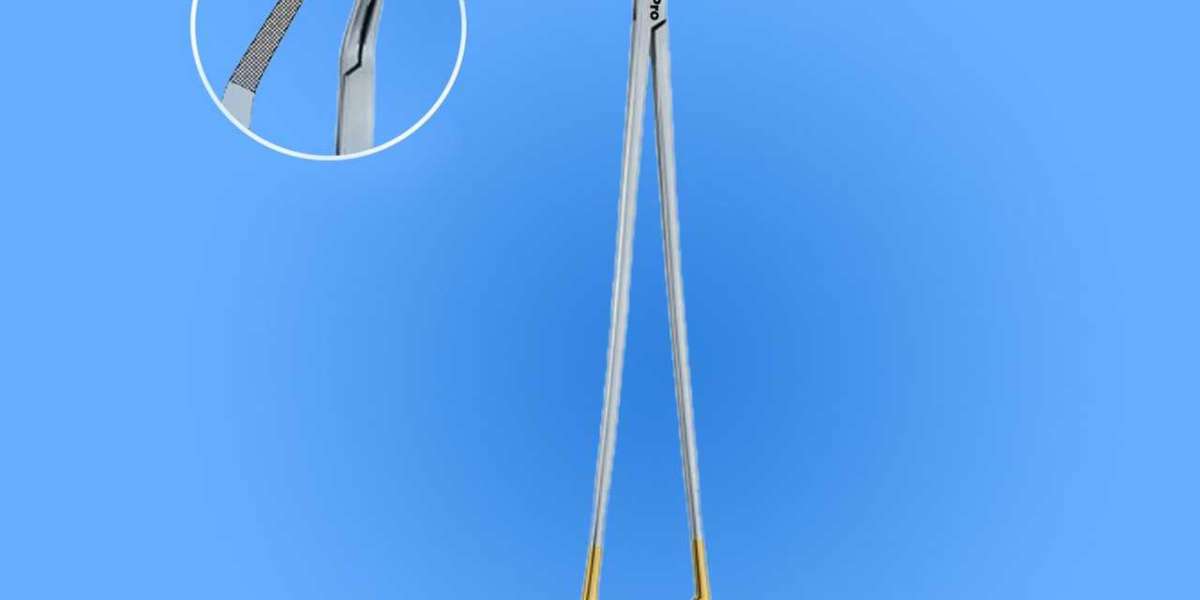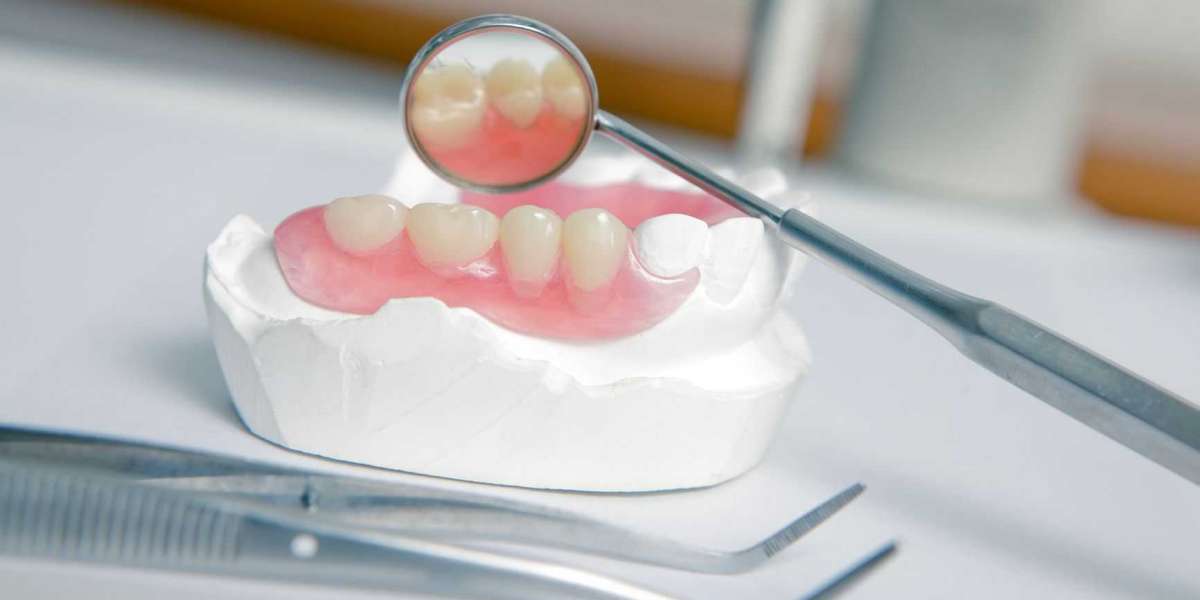Choosing the right surgical needle holders is paramount in ensuring precision, efficiency, and safety during surgical procedures. These instruments serve as extensions of a surgeon's hands, facilitating delicate maneuvers with sutures and needles. However, with a plethora of options available in the market, selecting the most suitable needle holder can be daunting. In this guide, we delve into the essential factors to consider when choosing surgical needle holders to aid surgeons, medical professionals, and procurement teams in making informed decisions.
Understanding the Types of Surgical Needle Holders
Before diving into the selection process, it's crucial to comprehend the various types of surgical needle holders available. These include:
- Mayo-Hegar needle holders: Suitable for general surgical procedures.
- Olsen-Hegar needle holders: Combines needle holding and cutting functions, ideal for procedures requiring frequent suturing and cutting.
- Castroviejo needle holders: Designed for microsurgical procedures, featuring delicate, fine tips for precise needle handling.
Assessing Material and Durability
The durability and material composition of surgical needle holders play a pivotal role in their performance and longevity. Opt for high-quality stainless steel instruments, as they offer superior corrosion resistance and durability, ensuring longevity and reliability in surgical settings. When sourcing needle holders, seek out renowned manufacturers known for producing premium-quality surgical instruments to guarantee reliability and performance.
Ergonomics and Handle Design
Comfort and ergonomics are paramount considerations, as surgeons often spend prolonged periods using needle holders during procedures. Look for instruments with ergonomic handle designs, featuring comfortable grips and smooth, precise ratcheting mechanisms to reduce hand fatigue and enhance maneuverability.
Size and Weight
The size and weight of surgical needle holders can significantly impact their usability and handling. Opt for instruments that strike a balance between robustness and maneuverability, ensuring ease of use without compromising precision or control.
Needle Holding Mechanism
Different needle holders feature varying needle holding mechanisms, such as cross-serrated jaws or tungsten carbide inserts, each offering distinct advantages. Consider the specific requirements of the surgical procedure and the types of needles to be used when selecting the appropriate holding mechanism.
Sterilization Compatibility
Ensure compatibility with standard sterilization methods, such as autoclaving or chemical sterilization, to maintain instrument hygiene and safety protocols. Choose needle holders that can withstand repeated sterilization cycles without compromising their integrity or performance.
Cost Considerations
While quality should always be a priority, cost considerations cannot be overlooked, especially in healthcare settings with budget constraints. Compare prices from reputable suppliers and manufacturers, taking into account factors such as warranty, after-sales support, and overall value proposition.
FAQs
Q1: Are there specific needle holders designed for specialized surgical procedures?
A1: Yes, certain needle holders are tailored for specific applications, such as microsurgery or ophthalmic procedures. Castroviejo needle holders, for instance, are popular choices for delicate microsurgical tasks due to their fine tips and precise control.
Q2: Can needle holders with tungsten carbide inserts offer any advantages?
A2: Needle holders equipped with tungsten carbide inserts provide enhanced durability and grip, particularly when handling tough or thick sutures. The inserts also reduce wear and tear on the instrument's jaws, prolonging their lifespan.
Q3: How can I ensure the longevity of surgical needle holders?
A3: Proper maintenance and handling are essential for preserving the longevity of surgical needle holders. After each use, thoroughly clean the instruments and follow recommended sterilization procedures to prevent corrosion and contamination. Store them in a dry, sterile environment when not in use.
Conclusion
Choosing the right surgical needle holders is a critical decision that directly impacts the efficiency, precision, and safety of surgical procedures. By considering factors such as instrument type, material quality, ergonomics, and sterilization compatibility, healthcare professionals can make well-informed decisions that optimize patient outcomes and surgical workflow. Collaborating with best surgical instruments manufacturers ensures access to high-quality, reliable instruments that meet the stringent demands of modern surgical practice.



